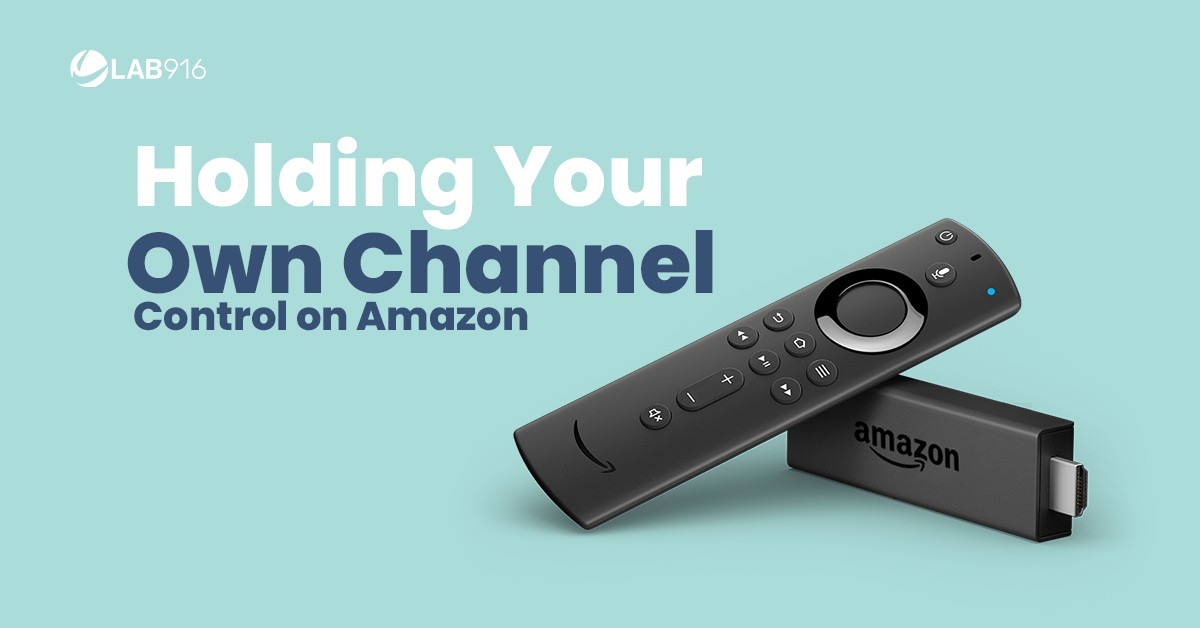
Part of getting started on Amazon with an original brand is a plan as to how you’ll protect it. Successful products on Amazon often fall victim to listing hijacking, counterfeits, or close imitators. Fortunately, there are a number of safeguards you can implement to ensure that yours does not become one of them. One way is through Amazon brand protection.
This guide will walk you through the options available to you, so you can decide which channel control measures are best for your brand.
Acquiring and Protecting Your Domain Name
For Amazon brand protection, get a domain name that incorporates your trademark or brand. Even if it isn’t something you think you’ll use right away as you develop an Amazon business. Reserving the name as your own prevents someone else from claiming the domain in the future, and you can make use of it by having the page offer your contact details.
If someone is already using a domain name that you want, you have some options if it uses your registered trademark. If the domain is the same as or confusingly similar to your trademark, it may be found to be infringing upon your mark. If the domain is found to have no legitimate use and is acting only as a placeholder, or if it is found to have been made in bad faith, you may make a claim to have that domain granted to you.
Protecting Product Images and Design
Unfortunately, sellers offering imitations of established products will often lift the same thumbnail images to use on their own listings. You can prevent this through Amazon brand protection like by getting copyrights on the images that you create, which will run you $35 per image. The returns are excellent if an infringing image does surface, with statutory damages up to $150K. Amazon also respects copyrighted images and will remove infringing images or ASINs and in some cases, suspend accounts who commit the violation.
Obtaining a Utility Patent
If the product that you have to offer is truly original, you may consider investing in a utility patent to ward off imitators. This type of patent serves as a legal monopoly for a new, useful, and non-obvious invention.
Although the price can range up to $10K and the process may take up to 3 years, this investment is worth it for products that act as true innovations.
Obtaining a Design Patent
Most products can be sufficiently protected with a design patent, which is much faster, easier, and less expensive to obtain: usually between $2k-3k. This type of patent does not protect the utility of the product, but only the design. Other sellers cannot offer any design deemed “substantially similar” to yours, which is relevant if your design is one of your key differentiators.
Obtaining a Trademark
Any new brand attempting to establish itself in the marketplace should strongly consider obtaining a trademark, especially given the inexpensive, straightforward process to do so. It requires only a $225 filing fee. The downside is that it can take up to a year to register, but this is only more motivation to get the ball rolling early.
Your first step is to perform a clearance search for the trademark you are planning to register. Search the USPTO’s list as well as multiple search engines and selling platforms for both your mark and similar marks, and keep in mind that you only need to look for trademarks on products similar to yours.
The strongest trademarks are fanciful, arbitrary, or suggestive, setting your brand apart as unique— in fact, Amazon is a good example. Weaker marks are descriptive or geographic; for example, imagine if Amazon was actually called “E-Commerce Platform.”
Once you file in the United States, you have six months to a year to file in other countries. Similar to our advice regarding domain names, this filing doesn’t have to mean that you will begin business in that country right away— you can treat it as a placeholder.
Amazon-Specific Advantages to Having a Trademark
In a hyper-competitive marketplace like Amazon, having a trademark is incredibly valuable. Amazon works on behalf of trademark owners and will remove infringing ASINs promptly and efficiently once they are reported. A trademark owner can also prompt Amazon to remove sellers who are not providing the brand identified on the ASIN.
Registering Your Trademark with Customs
Something that not all sellers are aware of is the option to register trademarks with U.S. Customs and Border Protection.
Overseas manufacturers will often maximize their operations by selling products to their main clients and then producing a side batch of the same products to sell to other customers. This is where the opportunity for counterfeiters arises. However, if your mark is registered with customs, they will seize imported counterfeit merchandise and bar it from sale.
Incorporating Your Trademark into Your ASIN
To give your trademark the most leverage on Amazon, make it loud and clear on your product detail page. Always include the trademark symbol ® after the mark, and include it at the beginning of your title.
If you are a seller offering one brand, have your Seller Name match your trademarked brand name.
Include product images that clearly display branding. For extra insurance, you can get these images copyrighted, as we discussed earlier.
Finally, you’ll want to also register the trademark with Amazon. The Brand Registry program makes it simple and fast to register your mark and unlock the extra protection.
